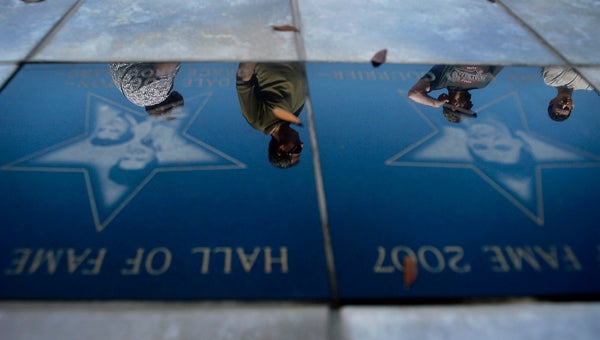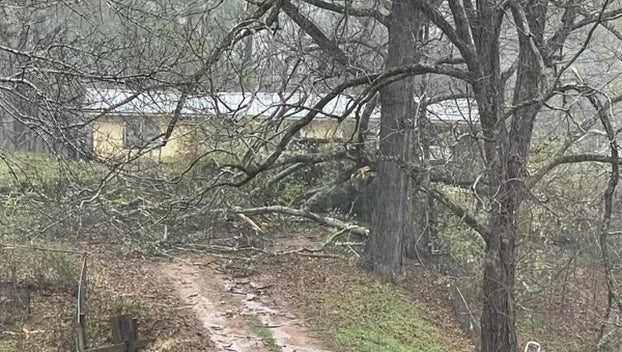Technology brings fresh look to unsolved Starkville murder
Published 9:30 am Monday, September 24, 2018
STARKVILLE, Miss. (AP) — Advances in technology have allowed Starkville police to put a face on a cold-case suspect.
A DNA sample from a rape and double homicide in 1990 was sent to a private lab that generated mug shots of what the suspect might have looked like 28 years ago and what he might look like today.
“The science is amazing, especially for law enforcement,” said Sgt. Bill Lott, the cold case detective for the Starkville Police Department. “It has evolved so much.
“The DNA predicted that he would have light brown hair and blue eyes. (One of the victims) lived long enough to give three interviews. She said the suspect had blonde hair and blue eyes.”
Dubbed the Labor Day Murders, the crime happened on Sept. 3, 1990 at a house on Highway 182 across the street from the Sunflower Grocery store, which is now Speller Furniture and Rick’s Cafe. Between 7 p.m. and 10 p.m., a male entered 307 Lee St. and killed Betty Jones. He then raped and assaulted Kathryn Crigler. She survived to call 911. She was transported to the Oktibbeha County Hospital where rape evidence was gathered. Crigler later died from her injuries.
Very little forensic evidence was recovered at the scene. At the time of the crime, DNA testing was still years in the future.
Since he took over the case in 2004, Lott has used advances in DNA technology to gather more information. He used a private lab in Brandon to develop a semen-based DNA profile of the suspect that was uploaded to the national CODIS database. An early test showed the suspect to be approximately 90 percent White European descent.
Earlier this year, Lott sent a sample off to Parabon, a private genetics company, for phenotyping. That is where a computer program examines genetic markers in the DNA and develops an image of what the person may look like.
Starkville Police have been able to use the image to make posters of the suspect.
“The posters don’t take into account environmental things — like if he was in a car wreck and has a scar or how tan he is or his body type,” Lott said. “But it gives us a better idea of what he might look like.”
Presented to the public a few weeks ago, the posters have already started generating calls. The image of the young suspect jogged several memories, leading to tips of men who have not been in Starkville for two decades or more.
“I have been running down leads and ruling out people,” Lott said. “Some of the names were already in the file. Others are new.”
Parabon is also doing genetic genealogy on the suspect’s DNA. In that process, the known DNA sample is compared against public databases where people voluntarily submitted their samples. A computer program looks for close matches that might be family members of the suspect. Genetic genealogy led to the arrest of a suspect in the Golden State Killer case in California early this year.
“We are still waiting for the genetic genealogy results,” Lott said. “It continues to search 24 hours a day.”
While genetic genealogy can look at more than 1 million samples in public databases, Lott is waiting for the day he can look for possible family members among the state and nation’s criminal database.
Currently, Mississippi does not allow for familial DNA searches among the state database. So even if the suspect’s brother, father or cousin has been arrested, Lott won’t know. And since each state controls its own database, Lott can’t do familial searches outside of Mississippi either.
“We need to be able to do familial searches across all the (states’ criminal) databases,” Lott said. “It won’t cost the state anything. The DNA profiles have already been developed. It’s just a matter of using a software program to do the comparisons.”
Anyone with information on the suspect or the 1990 Labor Day murders is asked to call Sgt. Bill Lott at (662) 323-4131.






